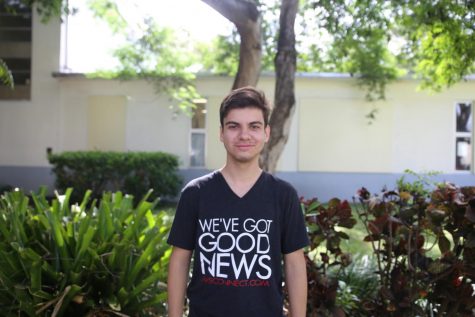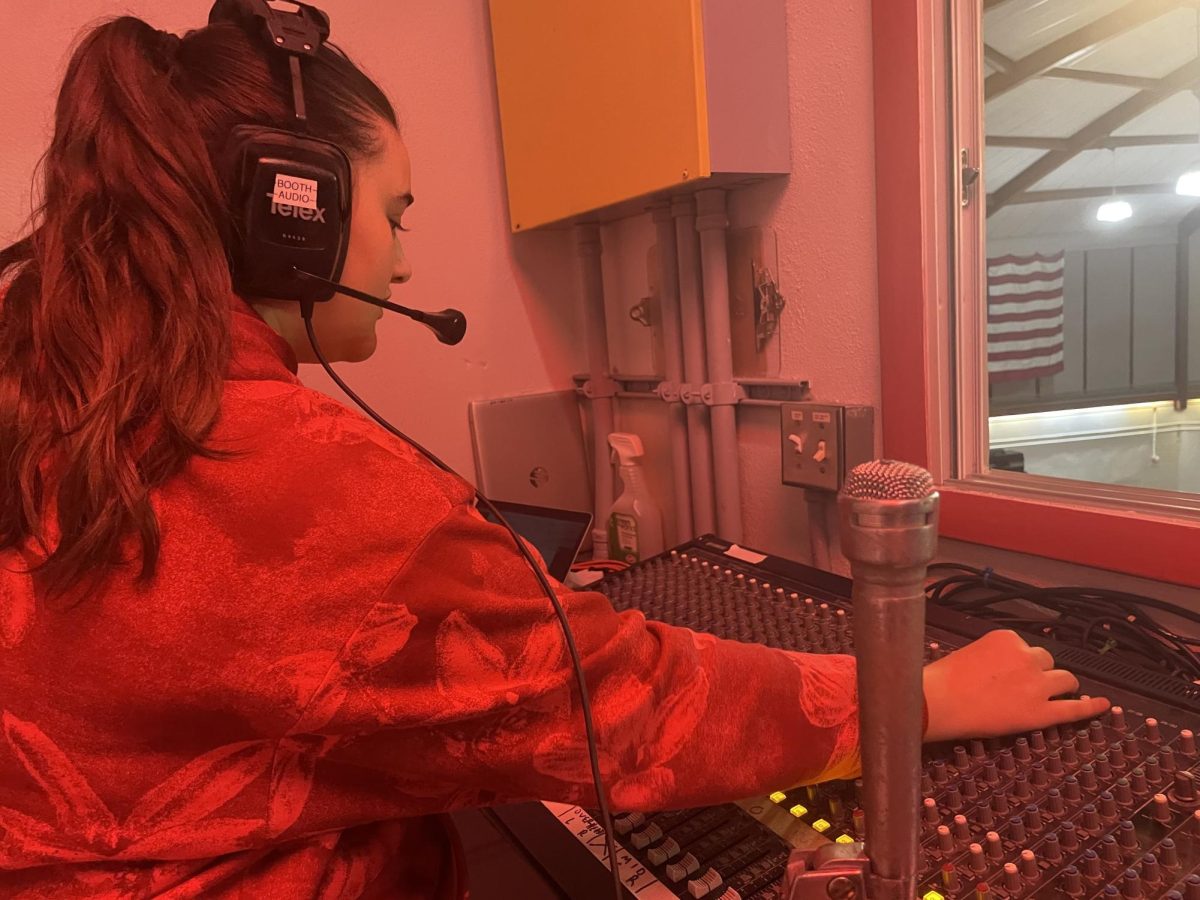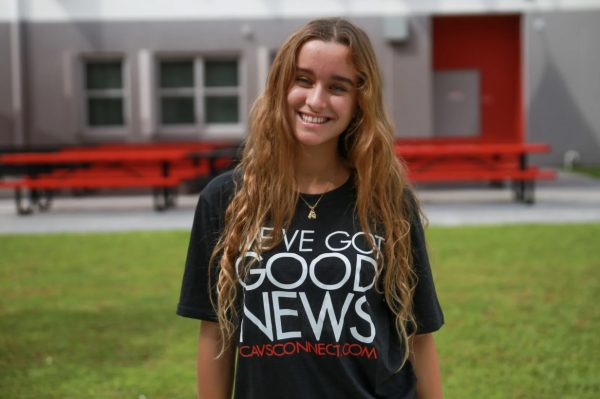Disinformation Made Easy

Artificial Intelligence software allows for superimposed images of anyone, including actor Nicholas Cage, to fit into any video.
Feb 8, 2019
Social media and the evolution of the media has made the dissemination of information a much more efficient enterprise, resulting in a more informed public, for the most part. With this rapid fire media gauntlet, it is often difficult to separate the truth from that which has been coined as “fake news.” Cross-checking sources and researching facts are tedious tasks that the general public has no interest in doing; people tend to either believe a single article to be true or wait for a comment to be released from the source of the news, like a video of a speech.
“Social media has become the largest distributor of information, but with so much available at such fast rates, we become susceptible to the widespread belief in fake news,” senior Alex Anton said.
Even counting on videos to confirm the truth of a statement has become unreliable in a search for the truth with the emergence of deepfakes. These are videos or images that have been doctored through artificial intelligence to seem incredibly real, but their content is at the mercy of the image’s creator. This technology has been used to superimpose any script onto speeches by political figures and to place different individuals in incriminating situations they were never a part of.
The ease with which information can be distributed to the public now coincides with a deeply polarized society that jumps at the chance to attack any individual or ideal that challenges theirs, without sufficient evidence. Deepfakes are the perfect catalyst for mass panic or division because pictures and videos are less likely to be doubted. The danger with this technology is clear, but there is no real way to prevent it from taking over the internet. Websites like Twitter and Reddit have banned many accounts that distribute deepfakes, but the faithful implementation of this policy is nearly impossible.
The technology used to create deepfakes was probably not created with malicious intent; it can be used to combine different actors or pop culture stars with virtually anything. One of the most popular deepfake trends is to superimpose actor Nicholas Cage’s face into dozens of movies he never appeared in. This use of the software harms no one and should be free for all to use, making it hard to draw the line when it comes to the distribution of deepfake software. Just because something can fall into the wrong hands and cause harm does not mean that the very same item is not used for harmless endeavors. Deepfakes which are meant to deceive or divide should be tracked down and taken off the large media platforms, but the software itself does not pose a threat to society. The actions taken by Twitter and Reddit against the purveyors of deepfake videos are steps in the right direction and should serve as a basis for dealing with this issue going forward.












